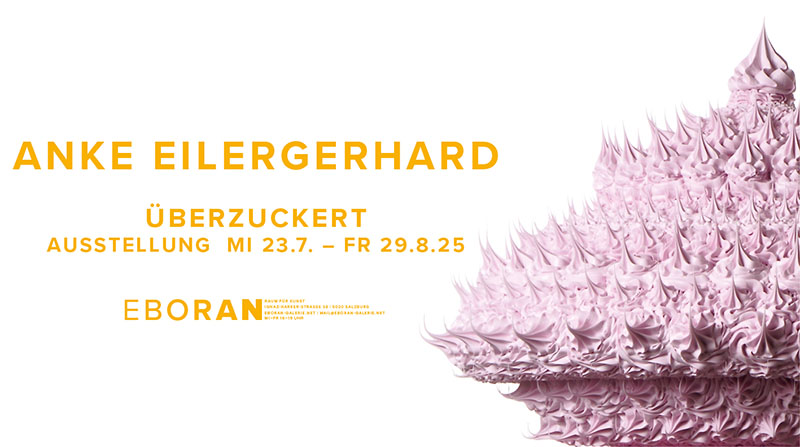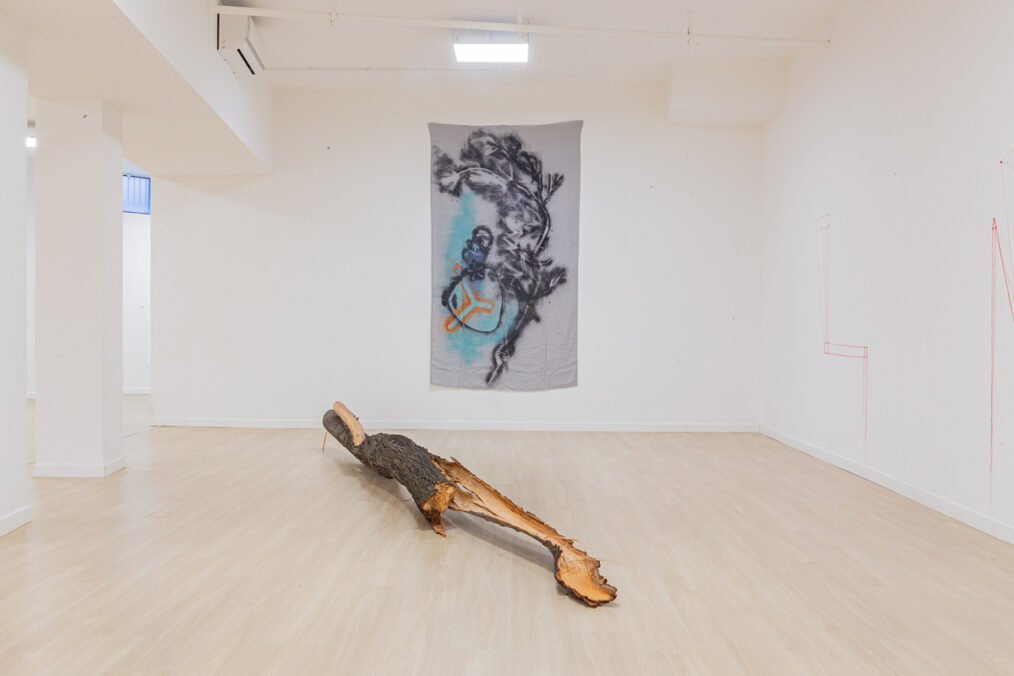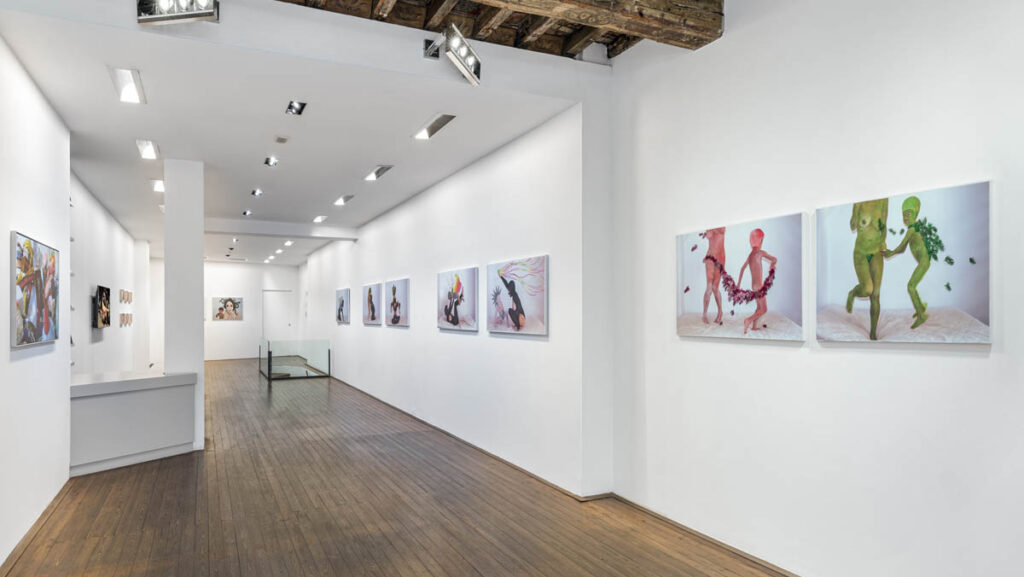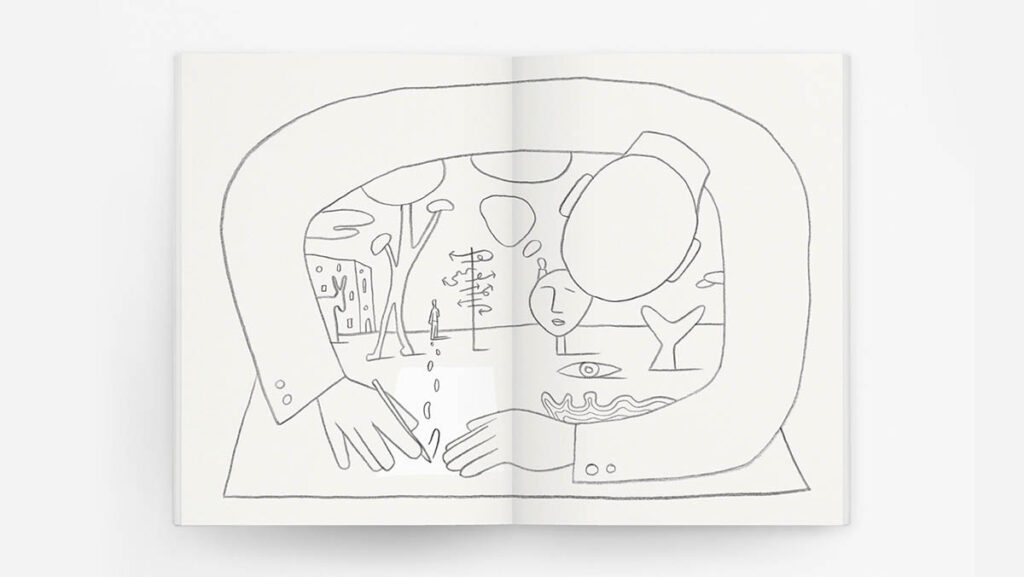![Entangled series - Two leaves [Serie Entangled – Due foglie], 2023, Courtesy Artra Gallery, ph Matteo Cremonesi](https://www.les-nouveaux-riches.com/wp-content/uploads/helga-franz-22-1200x676.jpg)
There is another note that I jot down: “If you lose time, you create space.” This one is easier to comprehend while sitting on the beach chairs in between Helga’s studio, la vetreria and il ghiacciaio in an eternally sunbathed Italian courtyard. Or at least, that is where I imagine myself to be. In reality, I’m in Berlin, at my desk, on Zoom, and Helga and I are getting ready to talk, in this very time-space-moment, about her upcoming show at ARTRA Gallery in Milan.
An Paenhuysen: There is a big tree trunk in your studio. How did it get there?
Helga Franza: This summer, there was a tornado in Milan. It lasted for only half an hour but a lot of trees fell. These trees were not cut in a clean way. They crashed onto the street. So their form was unusual and, in a way, beautiful. I decided to bring one to the studio. I didn’t know what I wanted to do with it, maybe just to enjoy its presence.
Will the tree be part of your exhibition?
Yes, it might be. Its presence is inspiring my work around it, functioning as a kind of trembling force of nature.
![Hurricane#2 [Uragano #2], 2023, Courtesy Artra Gallery, ph Matteo Cremonesi](https://www.les-nouveaux-riches.com/wp-content/uploads/helga-franza-2-507x676.jpg)
Hurricane#2 [Uragano #2], 2023, Courtesy Artra Gallery, ph Matteo Cremonesi
Your exhibition is called “La Caduta del Cielo”: The Falling Sky.
La Caduta del Cielo is from a book by Davi Kopenawa, a shaman of the Yanomami of the Brazilian Amazon. You can’t imagine that the sky can fall… It is always up there. So the title resonates with what we were experiencing during that thunderstorm when we saw so many trees, these vertical elements in our city landscape, fall down and lie horizontally in the streets. In his book, Kopenawa talks about how the Amazon people perceive nature. Often it feels as if it is an alien way of life but it is on our planet. I read that the Yanomami consider the sky as black, not blue because they are used to looking at the sky during the night.
![Hurricane in Milano - Foro Bonaparte Street n.52 [Uragano a Milano - Foro Bonaparte 52], 2023, installation view, Courtesy Artra Gallery, ph Matteo Cremonesi](https://www.les-nouveaux-riches.com/wp-content/uploads/helga-franza-1-1014x676.jpg)
Hurricane in Milano – Foro Bonaparte Street n.52 [Uragano a Milano – Foro Bonaparte 52], 2023, installation view, Courtesy Artra Gallery, ph Matteo Cremonesi
You are part of the collective Cose Cosmiche – cosmic things. Cose Cosmiche organises the festival Volcanic Attitude in Sicily. The festival’s name rather points in the direction of the earth than the sky.
The idea of Volcanic Attitude is to go below the plane of our reality. Volcanoes are the manifestation of the earth. It is the place where its essence comes out and you can see it. Human thinking is very much attached to the visual: we need to perceive it so that it becomes reality. Our thinking is superficial: we are used to thinking very flat but when you go deep, you start to change your relationship with time, with geological time. Your time reference also changes when you look at the sky, the universe, at the solar systems or the galaxies. The experience is quite the same: deep in the earth and up in the sky.
Your work is often inspired by scientific research such as string theory, entanglement, M-theory. What is your interest there?
I love how scientific theory can be so removed from our common perception. It can stir our imagination in a way that also philosophers and storytellers do. The scientific method is based on proof, it is very solid, yet it creates new theories of reality that make us see things differently. It is related to the way artists open up new windows to perceive the world.
![Entangled series - Angle and hidden dimension [Serie Entangled – l’angolo e la dimensione nascosta], 2021-2023, Courtesy Artra Gallery, ph Matteo Cremonesi](https://www.les-nouveaux-riches.com/wp-content/uploads/helga-franza-6-901x676.jpg)
Entangled series – Angle and hidden dimension [Serie Entangled – l’angolo e la dimensione nascosta], 2021-2023, Courtesy Artra Gallery, ph Matteo Cremonesi
You make sculptures with strings that explore the space in between things.
The sculptures reflect on how things are in resonance. If you see things around you, your cup of coffee on your table, your laptop, and you look at them as something living rather than dead, with their own time-space relationship to another living being on your table, you start seeing connections. For me, the space in-between is important. It gives things their shape.
These sculptures play with fragility and strength.
Yes, I connect, for example, leaves in order to trace the direction of their growth. You need something even more fragile, like a thread, to do so. It ends up being such a fragile work that when the leaves have crumbled and disappeared, the strings hold only the memory of what was. You can see that there was a shape. Maybe it got even stronger because it only captures the direction of growth.
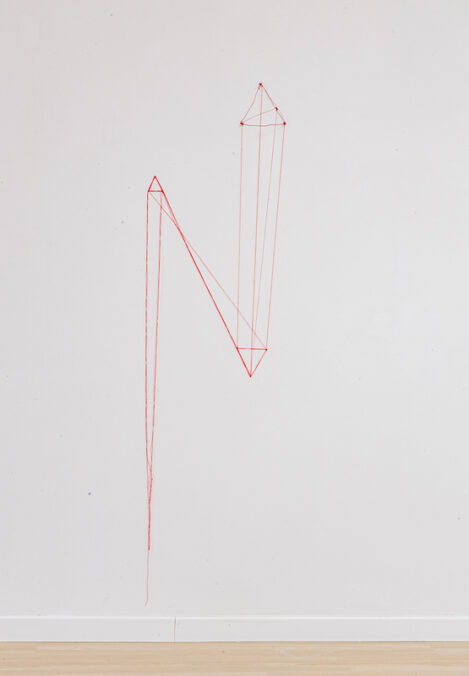
Progression and development of an echo – Triangle in space [Progressione e sviluppo di un eco – Triangolo nello spazio], 2021-2023, Courtesy Artra Gallery, ph Matteo Cremonesi
You also use other mediums, like casts made of plaster, or paintings that look like a kind of radiography.
The casts work quite similarly. When you start seeing the void around things, it cross-wires your mind. I like to mix up natural and man-made shapes. In technology, the shape is connected to its function. It is made in such a way that it perfectly relates to the weight of the things it has to contain. When you bring a form, created by nature, together with one that is shaped by technology, there comes about this strange crash. I like to work as a researcher looking for a mathematical formula. I don’t want to focus on framing things, on isolating them. I want things to resonate, in the mind of the spectator, in the space.
![Time/Space - Sculpture to investigate extra dimensions - [Tempo /Spazio – Scultura per indagare le dimensioni extra], 2023, Courtesy Artra Gallery, ph Matteo Cremonesi](https://www.les-nouveaux-riches.com/wp-content/uploads/helga-franza-5-1014x676.jpg)
Time/Space – Sculpture to investigate extra dimensions – [Tempo /Spazio – Scultura per indagare le dimensioni extra], 2023, Courtesy Artra Gallery, ph Matteo Cremonesi
![Time/Space - Sculptures to investigate extra dimensions [Tempo /Spazio – Sculture per indagare le dimensioni extra], installation view, 2023, Courtesy Artra Gallery, ph Matteo Cremonesi](https://www.les-nouveaux-riches.com/wp-content/uploads/helga-franza-4-901x676.jpg)
Time/Space – Sculptures to investigate extra dimensions [Tempo /Spazio – Sculture per indagare le dimensioni extra], installation view, 2023, Courtesy Artra Gallery, ph Matteo Cremonesi
Is there a Dadaist element to your work? You are the director of the Arthur Cravan Foundation, named after the Dadaist Arthur Cravan.
The focus on process is what interests me in Dadaism. It is the Dadaist attitude of not identifying things. Because if you define things, you close them down. But when you are interested in the process, you open up a space for something you don’t expect to happen: mistakes, or a direction you can’t see now, but that will become clear in the future or was clear in the past. Arthur Cravan was a boxer, a poet, a nephew of Oscar Wilde. The Foundation is a homage to him and it supports projects of other artists and communities that develop his way of thinking.
We met during the Senseless Residency of the Arthur Cravan Foundation, where I was invited to spend most of the time horizontally on the sofa.
Senselessness is not absurd. It challenges your rational perception of things, your common sense.
Does a horizontal position help?
Sometimes doing nothing is more than doing. (Laughter)
The Senseless Residency is also part of Cose Cosmiche, the collective that Silvia Hell and I, together with other artists, started in 2011. This is an important aspect of my work. To collaborate with other artists, scientists, and researchers is necessary to create projects that are multidisciplinary. I think it is something we need. We need collective works that connect people and connect ideas. Working alone in your studio is not enough. A lot of my work is focused on creating connections.
With Cose Cosmiche you published a Report on Senselessness, which consists of a collection of quotes. Do you have a favourite one?
Yes, the senseless sky: “The net of the sky is very wide, yet nobody can pass through it.”
Exhibition: Helga Franza, The Falling Sky. Curated by: Roberto Borghi & Mengyin Wang, with a Text by An Paenhuysen
Exhibition duration: October 2 – November 8
Address and contact:
Artra Gallery – http://www.artragalleria.it
Via Giuseppe Parini, 9, 20121
Milan, Italy
Helga Franza is a multidisciplinary artist based in Milan. She uses various media such as sculpture, drawing, and painting to create connections between different perceptions of time and space. Helga’s work also involves collective and curatorial projects. She is the founder of the Arthur Cravan Foundation and together with the research collective Cose Cosmiche she organises an annual Volcanic Attitude Festival in Sicily – http://helgafranza.org/, http://www.cosecosmiche.org/, http://www.volcanicattitude.org/
An Paenhuysen is a creative cultural historian who lives in Berlin. In her research, writing, and curatorial work she has a special interest for the small and the light-humoured, such as anecdotes, flash stories, instant theory, espresso talks, and eventualities.



